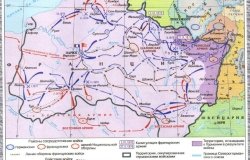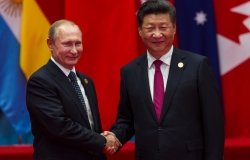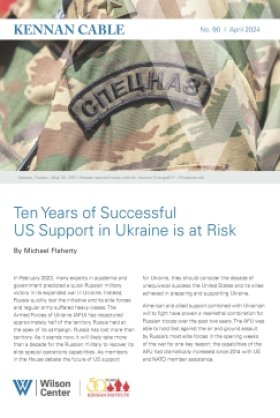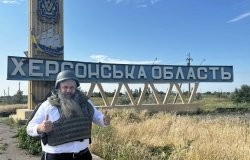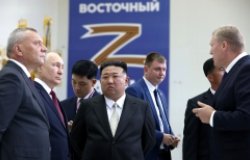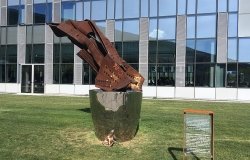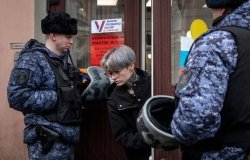Making Markets, Making Old Believers: Religion and Cultural Politics in Post-Soviet Russia
Douglas Rogers, Postdoctoral Fellow in Anthropology, Havinghurst Center for Russian and Post-Soviet Studies, Miami University (Ohio)
Overview
At a recent Kennan Institute talk, Douglas Rogers, Postdoctoral Fellow in Anthropology, Havighurst Center for Russian and Post-Soviet Studies, Miami University (Ohio), discussed the many ways in which religion, cultural politics, and post-Soviet economic reform interacted in Sepych, a small and remote town in the Russian Urals long populated almost exclusively by Old Believers. Rogers explained that Old Believers—a group which developed out of a schism in the Russian Orthodox Church in the 17th century—are the most legendary of Russian religious dissenters. Both inside and outside of Russia, they are often viewed as the "most Russian of Russians," both as bearers of "pure" Russian tradition and as conservative and backward. Sepych, Rogers explained, has traditionally been the home of priestless Old Believers (who have no ordained priests and pray at home) and was therefore a place of great interest to Russian scholars.
In the 1990s, according to Rogers, Sepych became a focus of missionary activity for a branch of priestly Old Believers known as the Belokrinitsy. Belokrinitsy priests from a nearby city came to Sepych to "remind" the locals that they were members of an international community of Old Believers and should be baptized to affirm their membership in that community. By 2001, Rogers said, a new church had been built in the town center and nearly half of the town's population had been baptized. He argued that the Belokrinitsy, with their well-defined hierarchy, were more able than the loosely organized priestless communities to take advantage of the new market economy and power structures in Sepych. The church was built with substantial assistance from the chairman of the newly-privatized State Farm Sepych, as well as the support of enthusiastic townspeople who cajoled residents into contributing money. Rogers noted that this support for building the church rarely corresponded with regular church attendance or other signs of religious devotion. Instead, supporters of the church saw it as a civic and social project.
The arrival of the Belokrinitsy church was seen as an incursion into the region's "authentic" priestless traditions by scholars and ethnographers from the regional capital of Perm, Rogers said. Their response was to sponsor a museum project, which was intended to highlight the town's traditional priestless culture. However, the scholars in Perm came into conflict with local culture workers, who wanted the museum to include exhibits from the Soviet era and exhibits related to priestly Old Belief. Rogers explained that the museum ended up as a compromise, with half a room devoted to pre-Soviet, priestless culture, and half a room devoted to the Soviet era. In the end, he argued, the museum did not give rise to a debate about the appropriateness of the Belokrinitsy church, as the museum's founders had hoped it would.
Despite the apparent successes of the Belokrinitsy, it would be incorrect to assume that they had achieved a monopoly on the town's religious life, Rogers argued. Most people in Sepych do not feel the need to choose a side between the Belokrinitsy and priestless communities. While baptisms in the church are common, for funerals and other death rituals, people are more likely to call upon the "spiritual mothers"—old women who form the backbone of the priestless communities. A careful examination of life in Sepych, Rogers concluded, demonstrates that reality is much more complex than it appears when assumed from the outside to be "Russian tradition."
Hosted By

Kennan Institute
The Kennan Institute is the premier US center for advanced research on Russia and Eurasia and the oldest and largest regional program at the Woodrow Wilson International Center for Scholars. The Kennan Institute is committed to improving American understanding of Russia, Ukraine, Central Asia, the Caucasus, and the surrounding region though research and exchange. Read more
Thank you for your interest in this event. Please send any feedback or questions to our Events staff.

